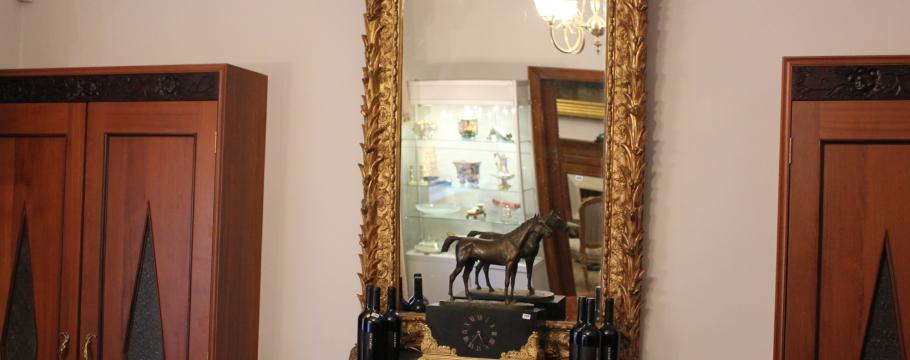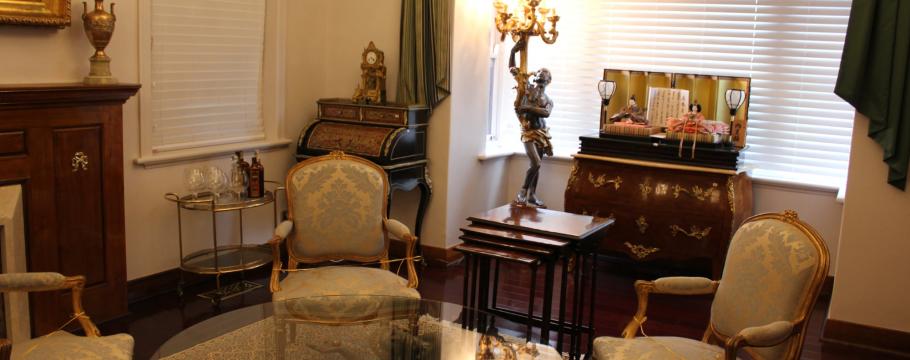






Kew auction to attract collectors
Author: Richard Brewster | Posted: 17th July, 2018
Kew resident Henry Tang is selling his 1930s two-storey Tudor-style home at 75 Studley Park Road and has asked Kim’s Auctions to handle the sale of the contents.
As a result, the onsite auction will be held from 11am Sunday July 22 and features a comprehensive range of antiques and collectables.
One of the more impressive features is a 20th century Italian gilt blackamoor lamp with matching glass coffee table.
A large early 19th century French gilt mantel mirror is another drawcard along with a five-piece drawing room suite of French upholstery chairs comprising one two-seater and four singles.
For clock lovers, a 19th century French salon clock is compulsory viewing while the study is an interesting mix of a Roman Egyptian papier mache mummy mask with polychrome pigment decoration, 19th century French lamps, a 19th century leather inlaid mahogany desk and 20th century world globe on a stand.
The papier mache mask formerly was part of the Adelaide-based Robin Marshal Carter collection and Melbourne’s Johnson collection.
There are several interesting sterling silver pieces including a Victorian English fruit bowl made by London’s John Newton Mappin in 1890, complete with its original glass liner, an English four-piece tea set containing coffee pot, teapot, milk jug and sugar basin, made by Barnard Brothers of London in 1837, a 1790 George III tea tray by London’s Elizabeth Jones, and a William IV candelabrum centrepiece dated 1831 by famed silversmith Robert Hennell.
Chinese antiquities are another strong auction feature including a 16th-17th century Ming Dynasty rhinoceros horn libation cup, and a Qing Dynasty circa 1900 Chinese ivory lidded vase with a four-season carved panel display and floral and bird scene on the lid.
There also are two ivory panels from the same period, and a 16th century Han Dynasty terra cotta horse with lady rider.
Other terra cotta pieces include a 16th-17th century fat lady figurine and pair of glazed 16th century Tang Dynasty horses.





